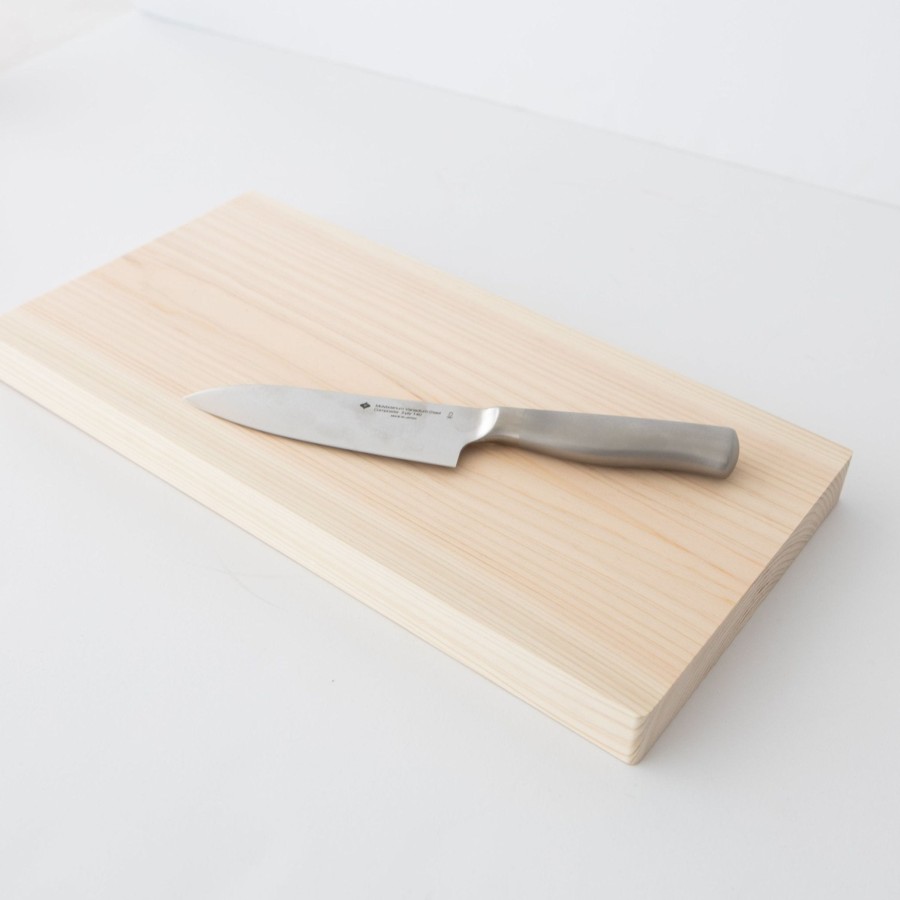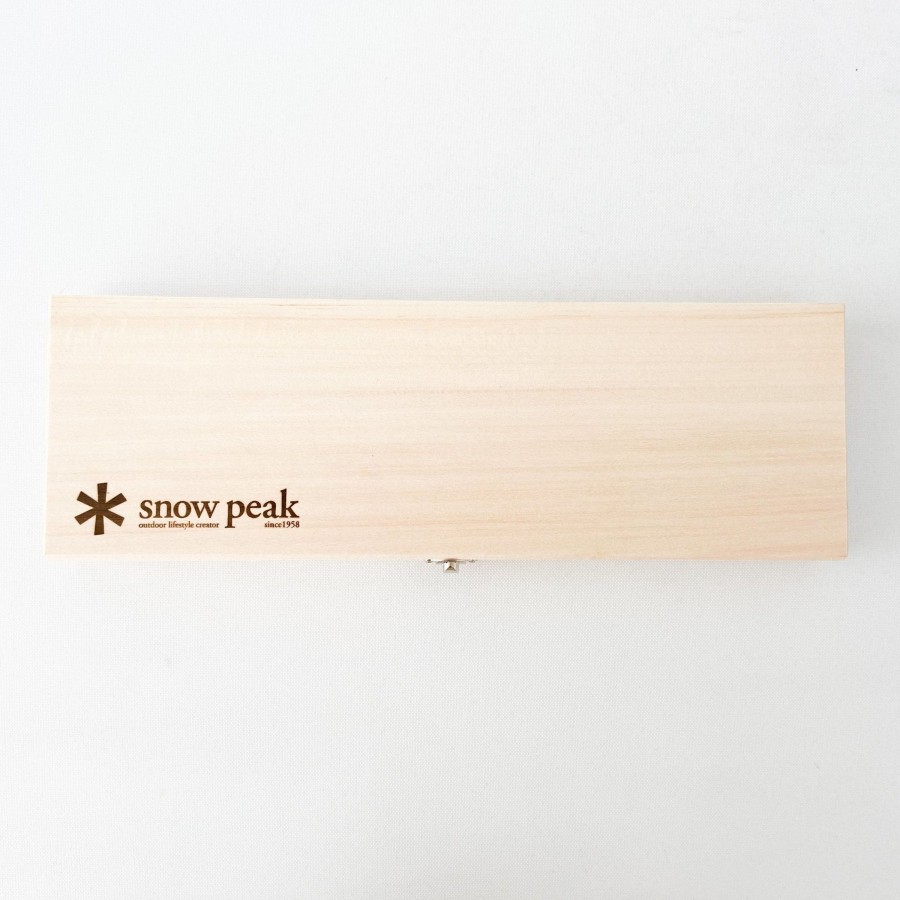Kitchen & Dining SAIKAI (Others) | Masahiro Mori G-Type Soy Sauce Pitchers
$27.90 $24.83
Kitchen & Dining SAIKAI (Others) | Masahiro Mori G-Type Soy Sauce Pitchers

Description:
A Defining Icon Of Post-War Japanese Ceramic Design, The G-Type Soy Sauce Pitcher Has Been On The Cover Of The National Museum Of Modern Art In Tokyo’S Exhibition Catalogue, The Recipient Of The First Ever Good Design Award, And A Staple In Japanese Kitchens Since It Went Into Production In 1958. The Pitcher Was Designed By Masahiro Mori, The Innovative Japanese Designer Who First Married Artistic Sensibilities To Mass Production. This Piece Has Stood The Test Of Time Due To Its Sleek Aesthetics, And The Ability To Deftly Control The Stream Of Soy Sauce From The Pitcher’S Spout By Placing Your Finger On The Open Top Of The Lid. Use This Pitcher For Soy Sauce, Olive Oil, Vinegar, Or Other Dressings.
Variation:
Ceramic Is A Natural Material That Will Patina Over Time. This Patina May Appear As Discoloration And Darkening From Food Contact, Or It May Also Appear As Ceramic Crazing, Which Are Small Cracks That Start To Develop Over Time From Hot Liquids.
History:
Hakusan Porcelain Was Founded In 1779 In The Rural Town Of Hasami, Nagasaki Prefecture, And Was Led By Designer, Masahiro Mori, Since 1957. Since Hakusan And Mori Began Working Together To Produce Contemporary Porcelainware, Post-War Ceramics Was Forever Changed. Mori Won Over 100 “Good Design Awards” In His Lifetime, Bringing Hakusan Porcelain To The Forefront Of Innovative Ceramic Design. Masahiro Mori’S Most Famous Design Is His G-Model Soy Sauce Pitcher, Which Won The 1961 Good Design Award, And Quickly Became The Symbol Of Hakusan. Mori’S Last Work Was Designing The “Wa” Series For Muji In 2004, And He Later Passed Away In 2005 At The Age Of 78.
Be the first to review “Kitchen & Dining SAIKAI (Others) | Masahiro Mori G-Type Soy Sauce Pitchers” Cancel reply
Related products
Kitchen & Dining
Drinking
Kitchen & Dining
Kitchen & Dining SAIKAI (Others) | Circle Tray – Ash [Ts1035]






![Kitchen & Dining SAIKAI (Others) | Rabbit Sauce/Creamer Pot [Ts827]](https://salegrocerie.com/wp-content/uploads/2024/01/3e0c6f09dab7a381225130293c2a0379_0.jpg)













![Kitchen & Dining SAIKAI (Others) | Circle Tray - Ash [Ts1035]](https://salegrocerie.com/wp-content/uploads/2024/01/a4b23a9963ed4d60edafd110ca06771c_0.jpg)
![Kitchen & Dining SAIKAI (Others) | Circle Tray - Ash [Ts1035]](https://salegrocerie.com/wp-content/uploads/2024/01/a4b23a9963ed4d60edafd110ca06771c_1.jpg)

Reviews
There are no reviews yet.